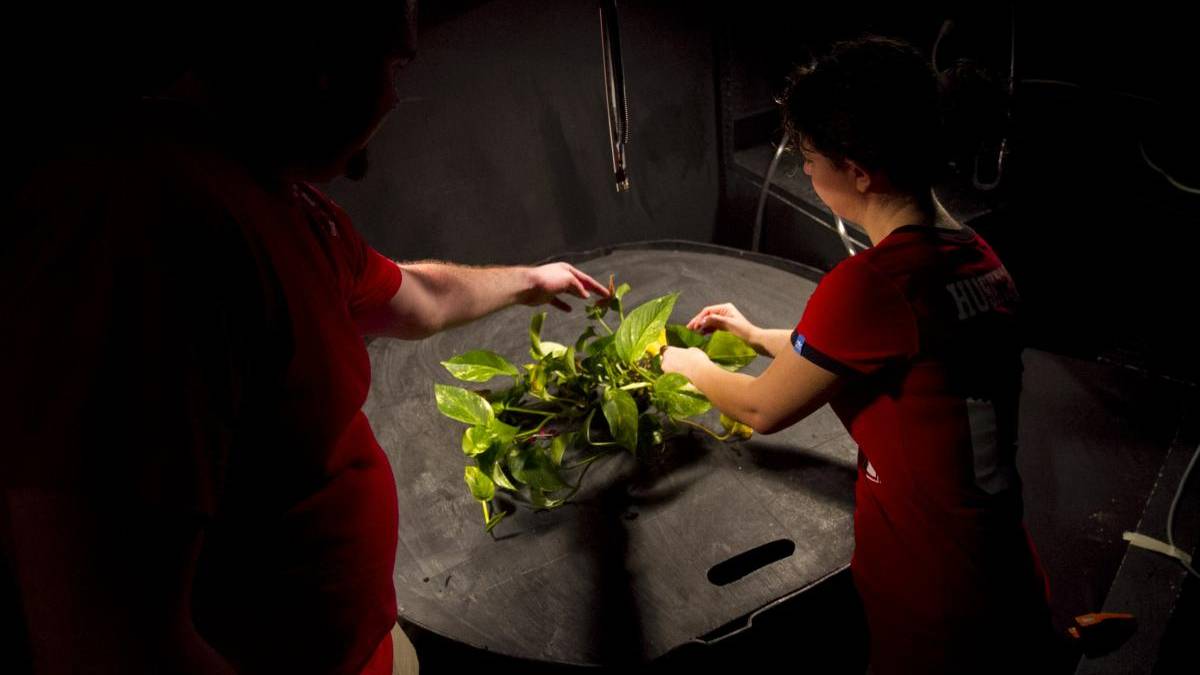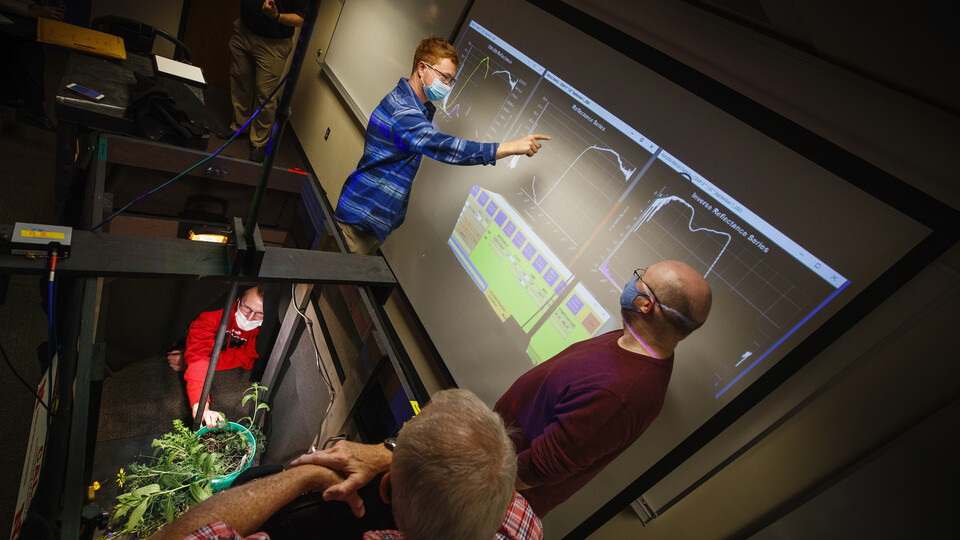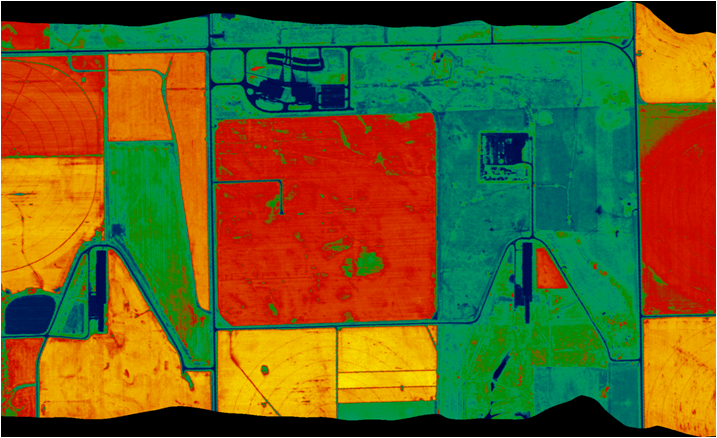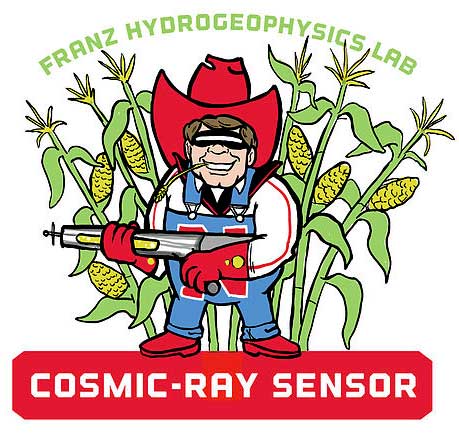Spectroradiometer Laboratory

The CALMIT "SpecLab" provides a facility for collecting spectral data under controlled, experimental conditions. SpecLab provides a dark room and various calibration instruments to characterize and calibrate optical sensors for scientific applications and collect precise spectral data in a controlled environment. A variety of laboratory equipment is available to researchers and students including integrating spheres, calibration light sources, a Shimadzu UV-2501PC (UV-VIS) recording spectrophotometer and a LI-COR 3100 area meter. The SpecLab also contains facilities and equipment for analyzing water samples as well as large ovens for drying vegetation samples.
CALMIT Remote Illuminated Scanning Platform (CRISP)

The CALMIT Remote Illuminated Scanning Platform, or CRISP, is a mobile hyperspectral scanning system used in remote sensing courses taught by CALMIT at the University of Nebraska-Lincoln. CRIPS allows more students engage in remote sensing classroom labs and accommodates remote learning as well. CALMIT research associate Bryan Leavitt and graduate assistant Ryan Moore designed and built CRISP.
Gammon Lab: Exploring Ecosystem Function at Multiple Scales Lab

Dr. Gamon studies the "breathing of the planet" - the exchanges of carbon and water vapor between the biosphere and the atmosphere that affect ecosystem productivity and help regulate our atmosphere and climate. Of particular interest are the effects of disturbance (fires, succession, weather events and climate change) on these basic processes. Additional research questions involve the detection of plant physiology, ecosystem function, species composition, and biodiversity using non-contact sampling methods. Much of this work is done with optical monitoring (remote sensing and automated field methods) and entails the development of new monitoring methods and related informatics tools.
The Ecohydrology and Hydrogeophysics Science Lab

Ecohydrology and Hydrogeophysics Science Lab participants monitor and model the flow of water through natural and human dominated ecosystems in order to understand how ecosystems function and how to utilize water more efficiently for food production. Research is highly interdisciplinary and works at the interfaces of ecology, hydrology, agronomy, and geophysics. His most recent research involves using a high-tech cosmic-ray sensor to measure soil moisture in real-time. This innovative tool has the potential to improve precision agriculture and ultimately help producers grow food with less water.
